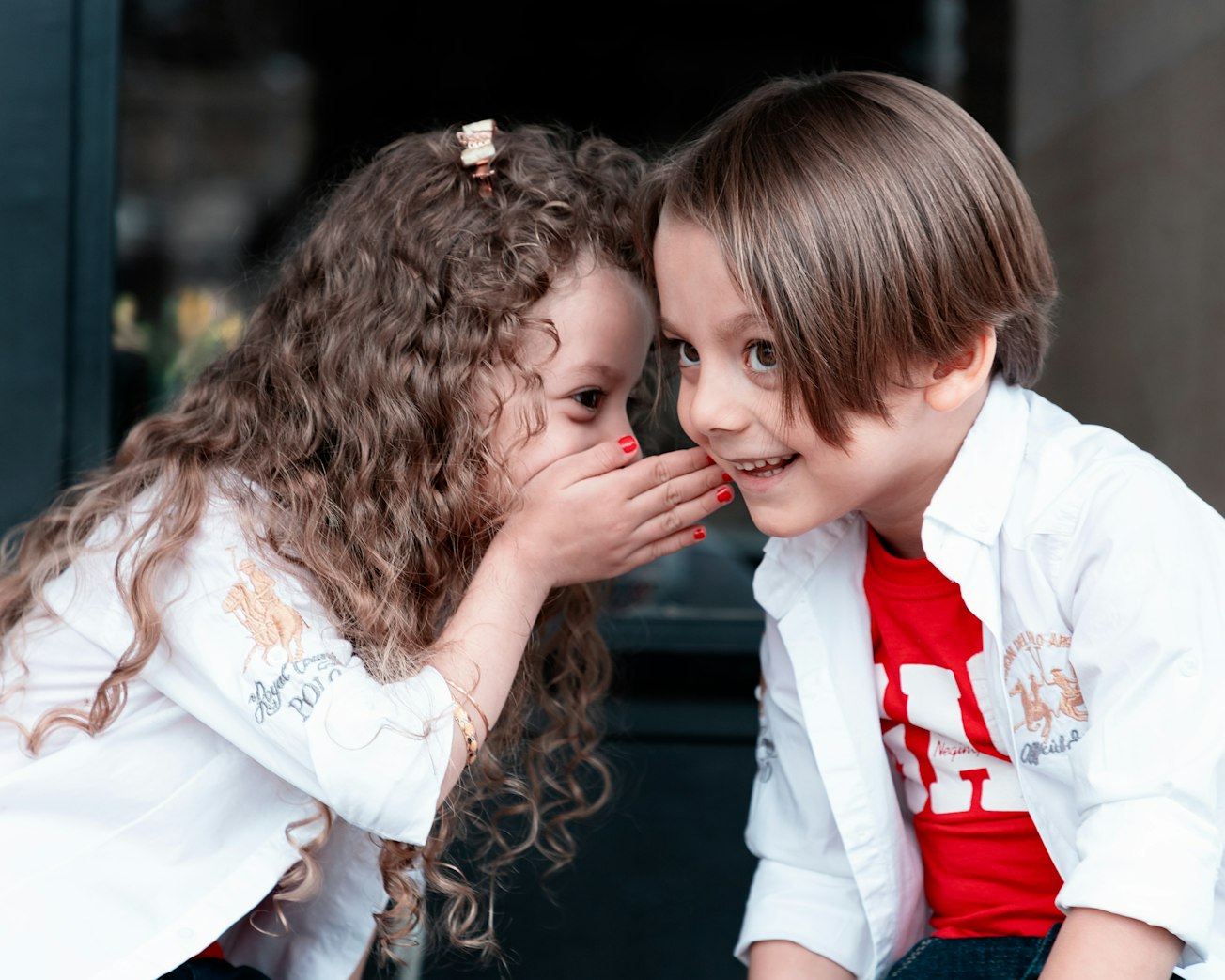What is it about?
Prospective memory (PM) is the ability to remember to carry out an intended action in the future (e.g., remembering to convey an important message to a friend the next time we see them, or to watch a particular TV show in the evening). Research suggests that we are better at this kind of remembering if we set up reminders (cues) for ourselves, such as a written note or a reminder on our smart phone. In adults, this kind of remembering can also be triggered automatically if we happen to encounter an incidental cue (i.e., something in the environment) that is relevant to what we have to do (e.g., someone mentions the friend’s name in conversation, or we see an advertisement for the TV show). In our study, we investigated for the first time whether the PM of young children (5- and 7-year-olds) is similarly benefited by exposure to incidental cues. We gave children a series of fun activity books to complete, and embedded a PM intention in the procedure by telling them that after they completed each activity book they should turn around and deposit a picture card (showing a dog) into a box behind their chair. The last page of each activity book displayed an incidental cue that was linked with the PM intention either strongly (a picture of a different dog), conceptually (a picture of a cat), solely in terms of the action (a picture of a box), or not at all (a picture of a flower). Results showed that the strongly linked cue (dog) improved children’s PM performance significantly above baseline levels (flower), indicating that the processes supporting spontaneous activation of PM intentions following incidental exposure to relevant environmental cues are already developed by the age of 5- to 7 years.
Featured Image

Photo by saeed karimi on Unsplash
Why is it important?
In laboratory tasks, young children tend to show poor PM compared to older age groups. Moreover, previous research on reminders that are pointed out to children (e.g., prominently displayed written notes or pictures that children are told explicitly will help them to remember to carry out the task) has found them to be largely unhelpful. By demonstrating the effectiveness of incidental cues for children’s PM, our findings have important practical and theoretical implications. Practically, they suggest that parents and teachers could strategically place such cues in suitable locations to enhance children’s chances of remembering to carry out intended tasks, particularly in the case of children who struggle with PM. Theoretically, they not only raise the possibility that age differences in PM might be attenuated in everyday scenarios where incidental cues are likely to pop up, but provide insights into how intended actions are represented in people’s minds and how external cues interact with memories for PM intentions.
Perspectives
More broadly, our findings suggest new directions for research on young children’s development of PM. For example, it is of interest to see whether repeated experience of successful PM following exposure to incidental cues helps children gain insight into how PM works, such as how to jog their PM using deliberately chosen reminders.
Ruth Ford
Read the Original
This page is a summary of: Effects of incidental reminders on prospective memory in children., Developmental Psychology, March 2022, American Psychological Association (APA),
DOI: 10.1037/dev0001035.
You can read the full text:
Contributors
The following have contributed to this page










